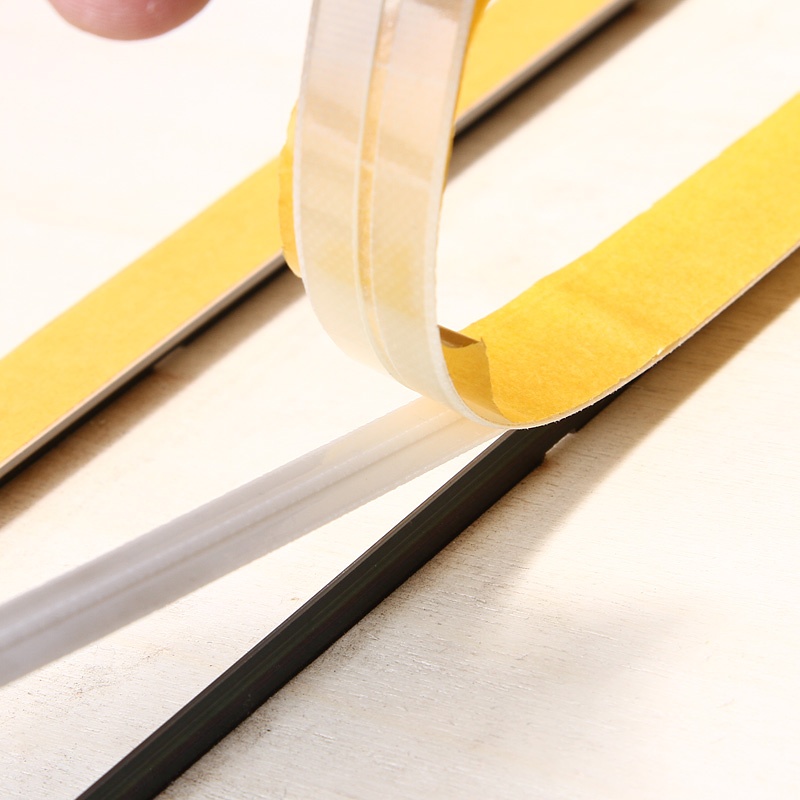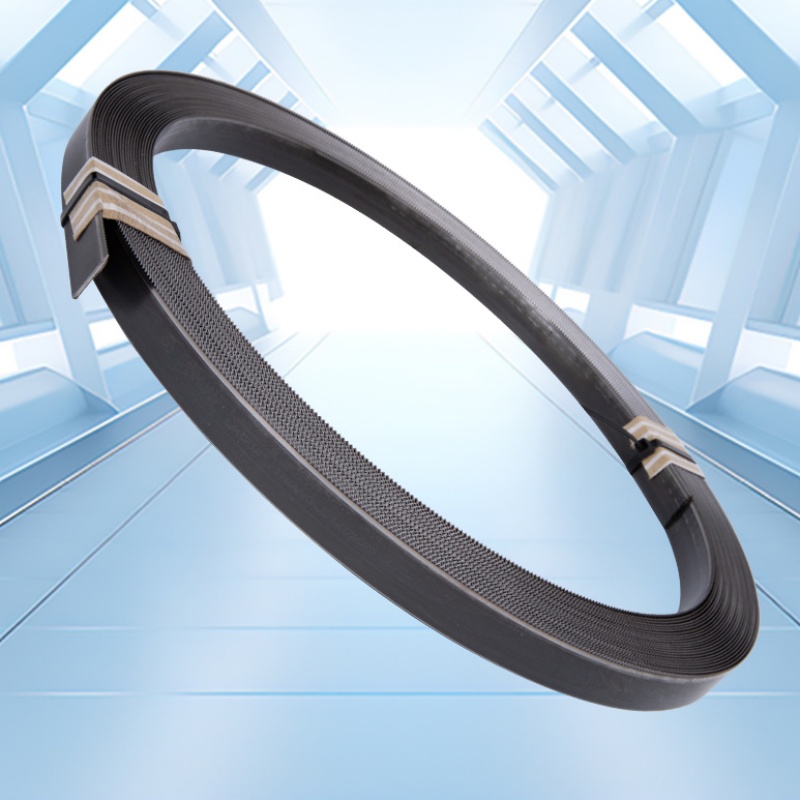
Manufacture of molds techniques act an essential function in developing advanced segments over a comprehensive collection of sectors. This class of steel showcase remarkable durability, facilitating them to endure severe stresses involved in production workflows. From mechanical constructs to healthcare instruments, rule die steel retains its involvement in a extensive of sectors.
- Engineering components: Rule die steel is indispensable for crafting accurate and sharp parts such as pistons, plungers and brackets.
- Healthcare instruments: The exceptional accuracy and endurance of rule die steel make it ideal for manufacturing sophisticated circuit boards.
- Die Making: Rule die steel acts as the backbone of resilient tooling and molds used in various manufacturing workflows, ensuring accurate product results.
Precision Cutting Rules for Clear-Cut Sheet Metal Fabrication
Securing precision in sheet metal fabrication demands rigorous attention to accuracy, particularly when it comes to shearing. Leveraging the right cutting rules is essential to securing uniform and trustworthy results. First and foremost, selecting the appropriate cutting method for your material thickness and desired edge quality is important. Options include shearing, each with its own attributes. Furthermore, understanding material properties like tensile strength, ductility, and hardness can help prevent warping or damage during the cutting process. Always utilize a material's datasheet for explicit guidelines on safe cutting practices.
- Likewise, maintaining sharp cutting tools is important for smooth cuts and preventing stress on the sheet metal.
- Prewarming the material can reduce thermal stress and improve cut quality in thicker materials.
- In conclusion, post-processing steps like deburring and edge finishing are necessary for obtaining a professional and functional product.
Knowing Punch and Die Construction
Punch and die construction is a critical aspect of the metal stamping process. These tools build metal sheets into various pieces by applying accurate pressure. The design and construction of punches and dies decisively influence the quality of the stamped products. A well-constructed punch regularly features a hardened steel tip to withstand repeated loads, while the die matches this force with a precisely machined cavity. The connection between these two elements promotes the dependable transfer of shape and range to the metal sheet. The detail of punch and die construction can vary based on the explicit requirements of the stamping application. Variables such as the material thickness, shape complexity, and production volume collectively play a role in determining the configuration of the tools. Understanding these fundamental principles of punch and die construction is essential for anyone involved in the metal stamping industry. From operators to operators, a solid grasp of this subject can cause to increased efficiency, product quality, and overall success.Optimizing Fold Lines with Creasing Matrices
When it comes to achieving precise shaping in the realm of fabrication and material processing, creasing matrices emerge as a crucial element. These specialized tools, often crafted from rigid materials like stainless steel, are strategically designed to impart distinct creases into sheets or substrates. By exerting controlled pressure at specific points along the material's surface, creasing matrices effectively designate fold lines that guide subsequent bending operations. This pre-creasing process markedly enhances folding accuracy, resulting in more consistent and symmetrical final products.
- The precise nature of creasing matrices allows for the production of complex folds and designs.
- They can be customized to accommodate a wide range of material thicknesses and properties.
- Creasing matrices play a vital role in industries such as paper manufacturing, cardboard packaging, and printed circuit board fabrication.
Advanced Rule Die Steel for Automotive Manufacturing
The vehicle trade is continuously seeking materials that can withstand the extreme conditions of manufacturing and working. Explicitly, high-speed rule die steel has emerged as a crucial element due to its exceptional specifications. This steel exhibits remarkable hardness, wear resistance, and toughness, making it ideal for producing intricate mechanical parts.
- Besides, its ability to maintain these properties at elevated temperatures promotes efficient production processes.
- Deployments of high-speed rule die steel in the automotive industry are diverse.
- Instances include cutting tools, molds for plastic components, and dies used in sheet metal stamping.
Refining Rule Die Steel Hardness for Cutting Performance
Obtaining optimal cutting performance with rule die steel hinges on carefully opting for the appropriate hardness level. A trade-off between hardness and ductility is vital to ensure both durability of the cutting edge and resistance to degradation. Durable steels can withstand increased cutting forces and resist deformation, leading to longer tool life. However, excessively hard steels may become brittle and prone to shattering, compromising the integrity of the cutting process.
- Factors like material being cut, cutting speed, and feed rate all contribute the ideal hardness range.
- Employing thermal processing can effectively modify the hardness of rule die steel.
Understanding the relationship between hardness and cutting performance allows for maximization of tool life, surface finish, and overall cutting efficiency.
Guidelines for Punch Design Across Materials
When designing punches for material conversion, several vital considerations must be taken into account. The type of material being punched significantly influences the punch design. For instance, dense materials like steel require punches with thicker edges to effectively penetrate and deform the material. Conversely, ductile materials like aluminum can be punched with punches featuring blunted geometries to minimize edge damage and ensure clean cuts. Additionally, factors such as the material's caliber also play a role in punch design. Thicker materials often necessitate larger punch diameters and increased force for successful piercing. Understanding the material's features is essential to select an appropriate punch material and geometry that ensures optimal performance and minimizes tool wear. All in all, a well-designed punch should effectively produce the material while minimizing deformation, damage, and tooling wear.Edge Maintenance of Cutting Dies
Maintaining cutting dies in peak condition is necessary for ensuring accurate and efficient die-cutting operations. Over time, the cutting edges of dies can become dull or damaged, leading to inconsistent cuts, material scrap, and increased production costs. To maximize die lifespan and optimize cutting performance, it's imperative to follow a regular sharpening and maintenance schedule.
- Regularly inspect cutting edges for signs of wear, such as chipping or rounding.
- Use specialized sharpening tools designed for die-cutting applications.
- Clean dies comprehensively after each use to remove debris and prevent rust buildup.
- Store dies in a clean, dry environment when not in use to protect them from corrosion.
By adhering to these best practices, you can extend the life of your cutting dies and secure consistent, high-quality die-cutting results.
Guide to Rule Die Steel Selection for Various Uses
When choosing rule die steel, consider its role. Various types of rule die steel excel in different applications due to their unique traits. For example, high-carbon steel is advantageous for heavy-duty rule dies used in demanding applications like automotive production. On the other hand, tool steels with alloying elements are often selected when long lifespan is paramount.
- Communicate with a reputable rule die steel manufacturer to pinpoint the best variant for your specific needs.
- Aspects like die design, production volume, and material being processed all impact the ideal rule die steel pick.
Don’t forget that proper handling and lubrication can significantly enhance the lifespan of your rule die steel, regardless of its variety.
Precision Creasing Matrix for Packaging Applications
In the realm of refined packaging design, precision is vital. A premium creasing matrix plays a vital task in ensuring clean, exact creases that enhance the styling of packaged products. These matrices are meticulously developed from durable materials like steel or carbide, and they come in various patterns to accommodate diverse packaging expectations.
The accuracy of a creasing matrix directly impacts the appearance of the finished package. A well-maintained creasing tool matrix will result in even creases that not only elevate the product's visual presentation but also contribute to its stability.
- Attributes to consider when choosing a creasing matrix include the medium of the packaging, the required prominence, and the amount of production.
- Routine maintenance of the creasing matrix is vital to preserve its accuracy and maximize its durability.
- Putting resources in a high-quality creasing matrix can be a strategic decision for any packaging operation, as it contributes to the output of the production process and enhances the overall benefit of the finished product.
Case Studies: Successful Implementation of Rule Die Steel Implement
A compelling array of case studies demonstrate the remarkable efficacy of rule die steel across diverse industrial applications. From the demanding realm of automotive manufacturing to the intricate world of electronics production, these real-world examples project the transformative power of this advanced material. Businesses have made use of rule die steel to achieve substantial improvements in product quality, output efficiency, and overall functional resilience.
- One notable case study centers on a leading maker of aerospace components, where the implementation of rule die steel produced a considerable reduction in part defects and an augmented production cycle time.
- In another instance, a renowned electronics manufacturer effectively implemented rule die steel to fabricate intricate circuit boards with unprecedented precision and accuracy, enabling a tangible improvement in product reliability.
These case studies provide irrefutable evidence of the pliability of rule die steel as a solution for addressing the rigorous requirements of modern industries.
